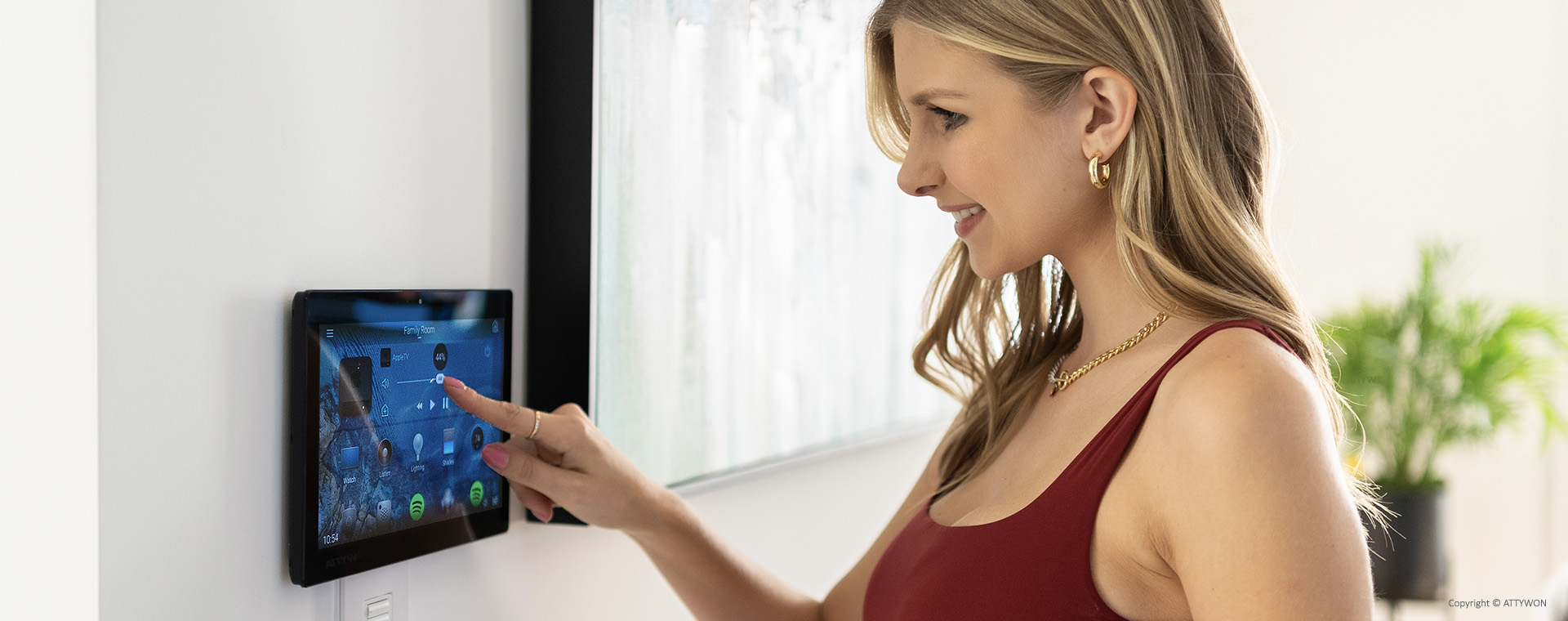
HOW HOME AUTOMATION WORKS
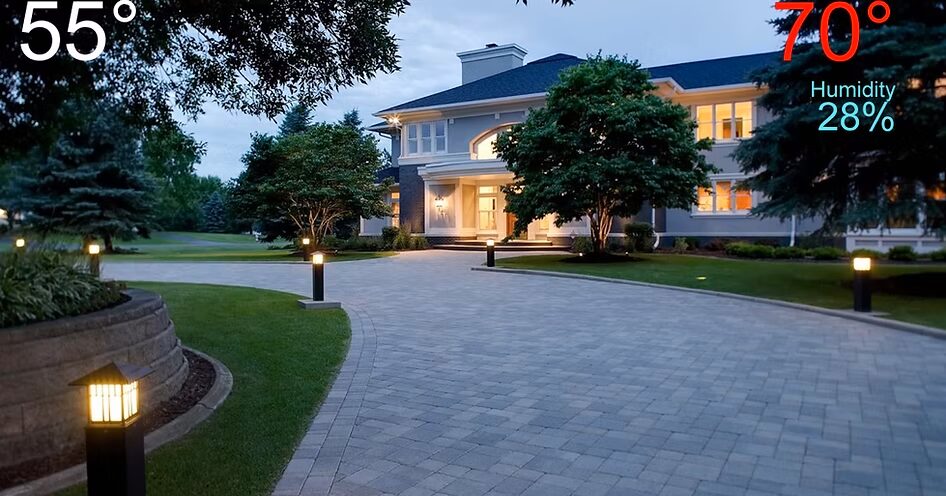
Scenario A - Welcome Home
You may want your Long Island home to be a specific temperature and certain areas to be illuminated when you arrive home from work. The solution is an automated smart home that turns off the thermostats when you are not home to save energy. Then, based on outside weather conditions it turns on the thermostats to achieve that temperature you desire at varying times each day. Some days it may take an hour to reach the desired temperature, other days 3 hours. Then, minutes before you get home, your driveway lights, entry sconces and hallway lights come on so you do not arrive to a dark home.
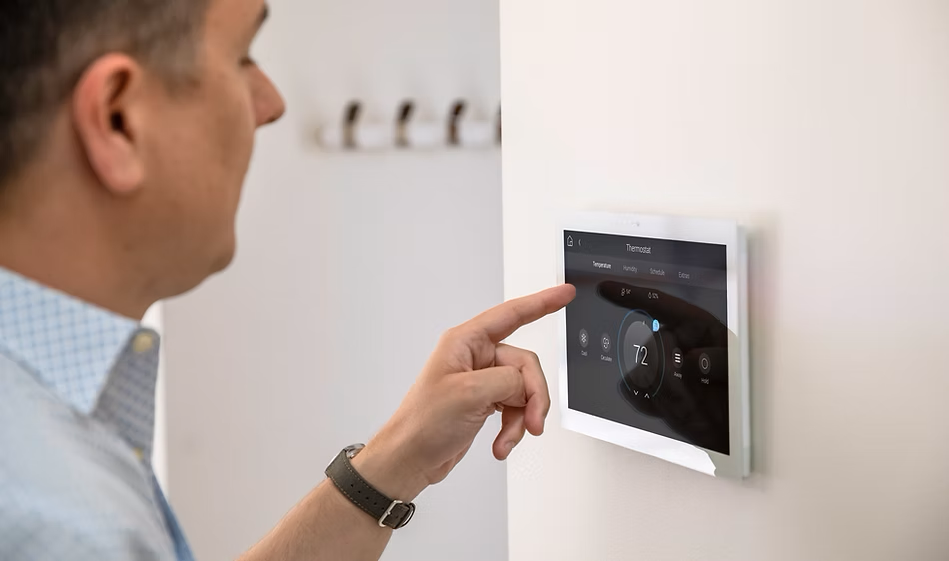
Scenario B - Be Our Guest
You like to entertain... Food, refreshments, preparations to worry about. How can home automation help? With the press of a single button you can cross lighting, window shades and background music. Simply press “Entertain” on your smartphone or wall keypad and watch your home prepare in seconds; setting the lights to the right levels and opening the shades to show off the beautiful view outside, the music system turns on and plays your favorite playlist in all the rooms simultaneously; finally your landscape lights come on and your sprinkler system shuts down (just in case). When the first guest rings the doorbell you unlock the front door from your iPad without leaving the kitchen.
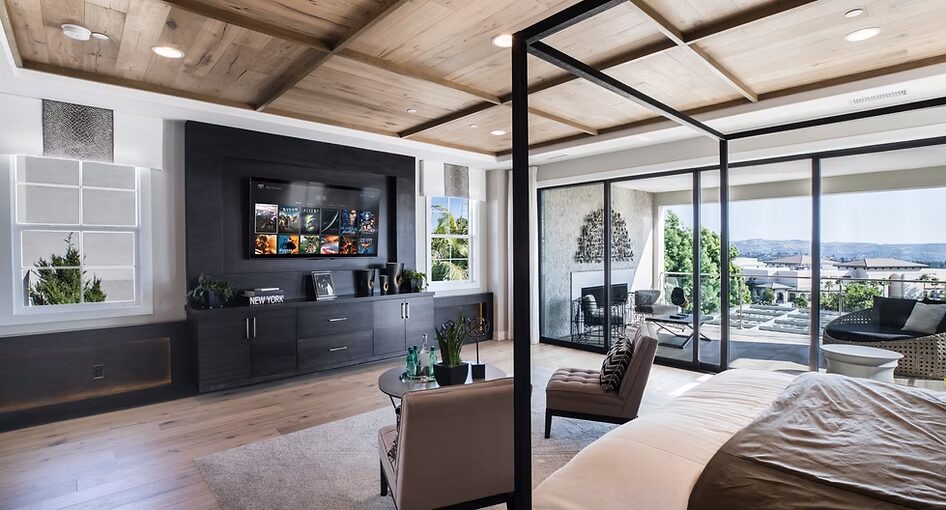
Scenario C - It's Monday...
The long weekend is over and it’s time to wake the kids up for school. Set a timer that will slowly raise the shades and brighten the room lights over a 10 minute period while playing nice music in their rooms (with volume slowly getting louder). The kids wake up gently and more naturally instead of abruptly. The stair and kitchen lights come on and downstairs is already at the perfect morning temperature when its breakfast time.
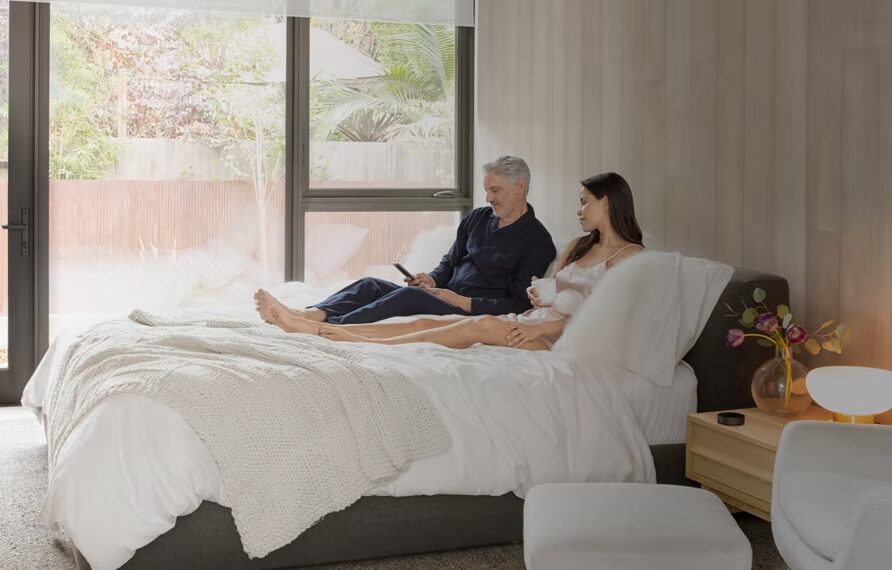
Scenario D - Prevent Disaster
While you are sleeping, a pipe burst in the boiler room and the basement of your Long Island home is flooding. Your home automation system can send an alert to your smartphone followed by flashing the lights in the bedrooms and even announcing the trouble over your speaker system. Perhaps even shut off the main water valve automatically to prevent flooding. A similar alert system can be created in case of fire or carbon monoxide detection. In other emergency situations such as a medical emergency or possible burglary you can activate a “panic” scene with a single button-press that will turn all lights inside the house on, open all shades and flash all exterior lights.
HOME AUTOMATION SYSTEM CHOICES
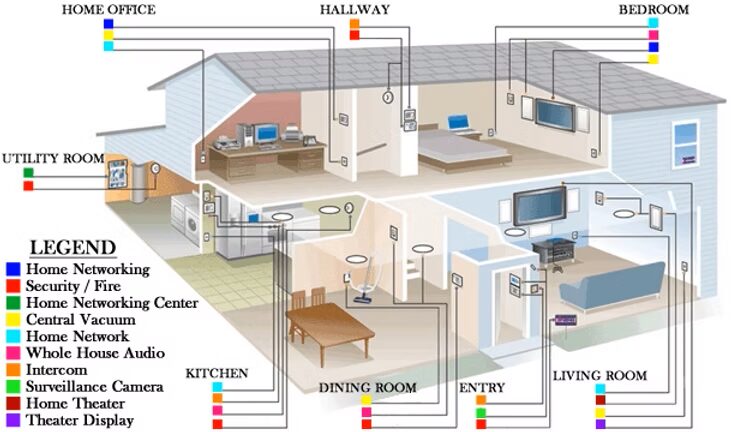
Which System is Right for You?
We have been designing and deploying home automation systems for over 20 years and know each of them very well. ATTYWON offers the following automated home systems and can help you understand and choose the one that is just right for you. We are your Certified Long Island Home Automation experts.
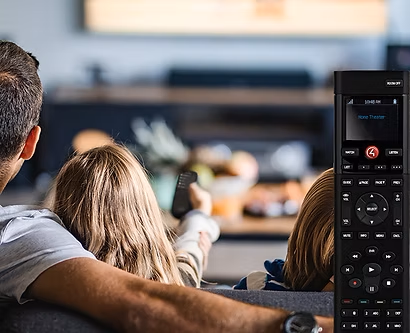
Control4
Control4 is a leading provider of automation and networking systems for homes and businesses, offering a personalized and unified smart home system to automate and control connected devices including lighting, audio, video, climate control, intercom, and security. Founded in 2003 by Eric Smith, Will West, and Mark Morgan, Control4 debuted at the 2004 CEDIA Expo home technology trade show and released its first products later that year, as an early entrant in the home automation market. You can find everything you need to know about Control4 here.
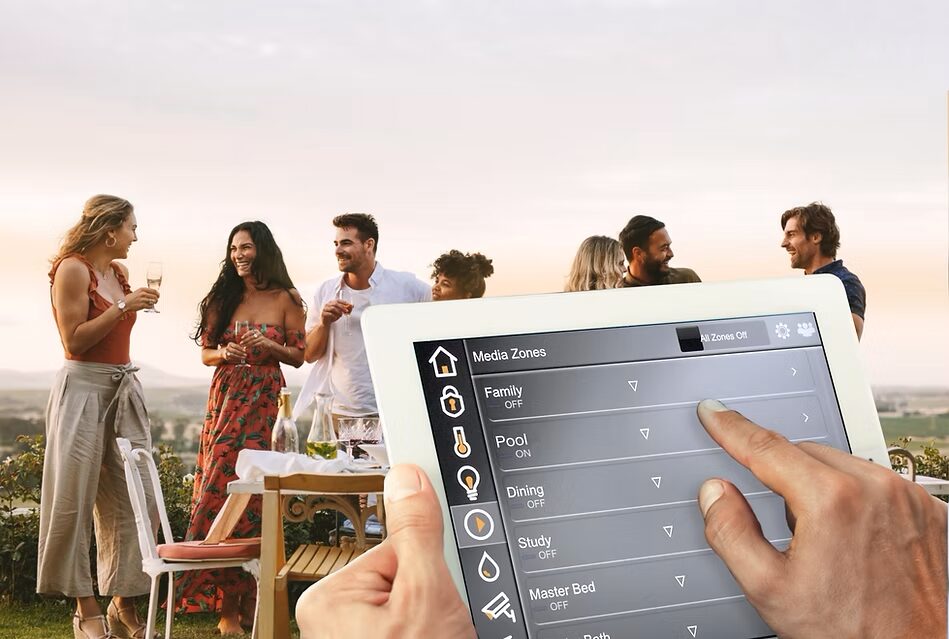
Elan
ELAN has been dedicated to simplifying and enhancing the connected home since 1989. Their award-winning smart home entertainment and control system seamlessly combines music, TV, climate, lighting and other home systems with an easy-to-use interface that puts you in control, from anywhere in the home or anywhere in the world. The new ELAN 8 – with enhanced interface was recognized at CES 2017 with the “2017 Human Interface Product of the Year” award from the Consumer Technology Association’s Mark of Excellence Award Program Committee. ELAN now features voice control through Amazon Alexa. You can learn more about Elan Systems here.
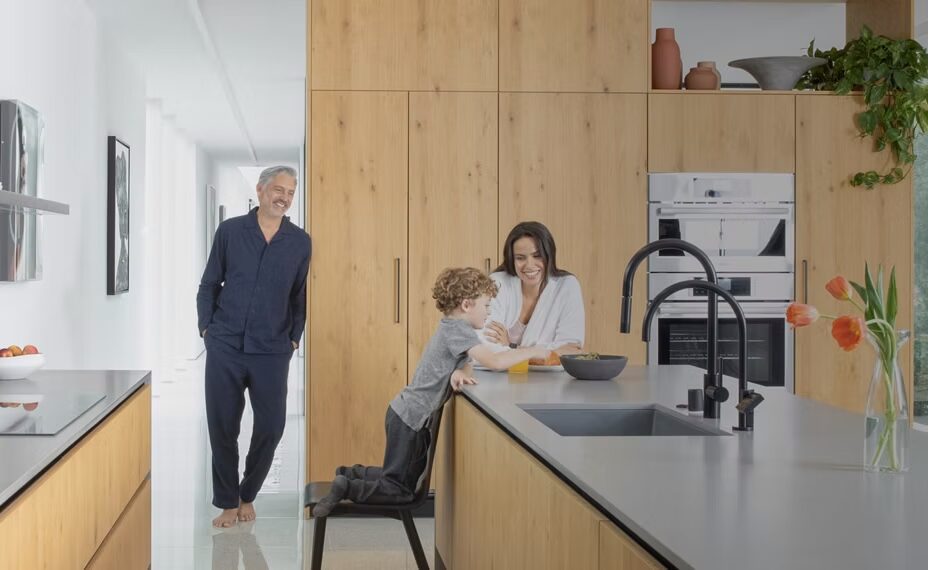
Savant
Savant was founded in 2005 with the goal of providing the best experience in home automation. To us, that means products that are inventive, easy to use, and future-friendly, so our customers will be able to enjoy them for years. As the first company to embrace mobile technology, we understood early that the customer experience could extend beyond the home and open up new possibilities for control. Over the years, our technology has evolved and our company has grown, but our goal remains the same. We've become the brand of choice for the world's most luxurious homes, castles, and even yachts. We have all the info you need on Savant Systems here.
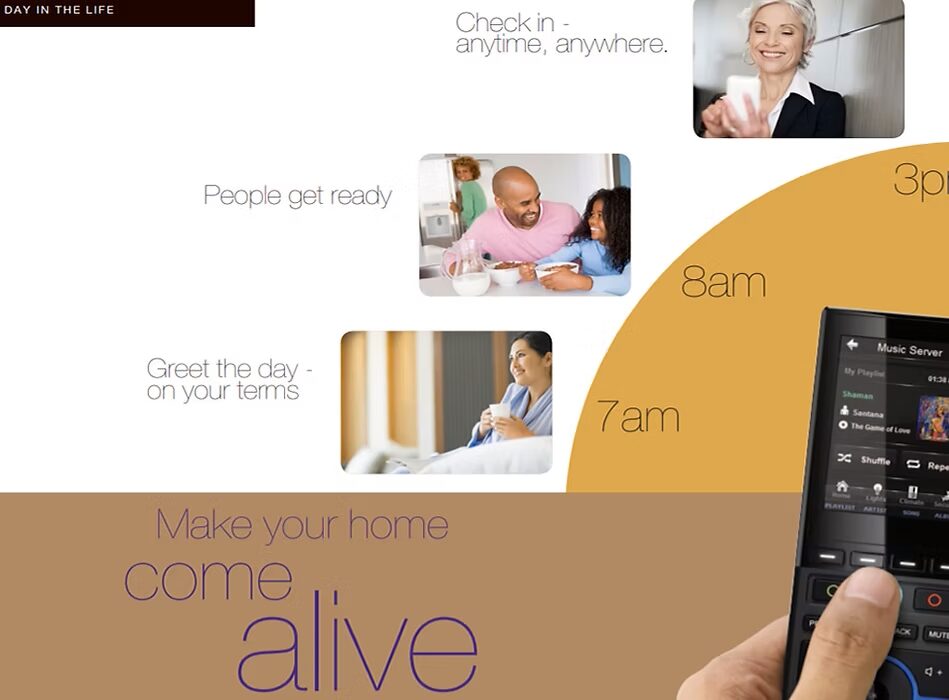
RTI
Remote Technologies Incorporated (RTI) is one of our favorite home automation systems. RTI offers innovative, sophisticated, and user-friendly devices for electronic systems professionally installed by ATTYWON. RTI’s wide array of award-winning handheld and in-wall universal controllers, processors, audio distribution systems and accessories are available exclusively through authorized, professional integrators. We can configure their systems to offer complete control, monitoring and automation of your home & office electronic systems from virtually anywhere in the world. Custom user interfaces designed and created by ATTYWON put the power of RTI in your hands through any iPhone, iPod touch, iPad, and Android, devices as well as via any PC running Microsoft, Windows.
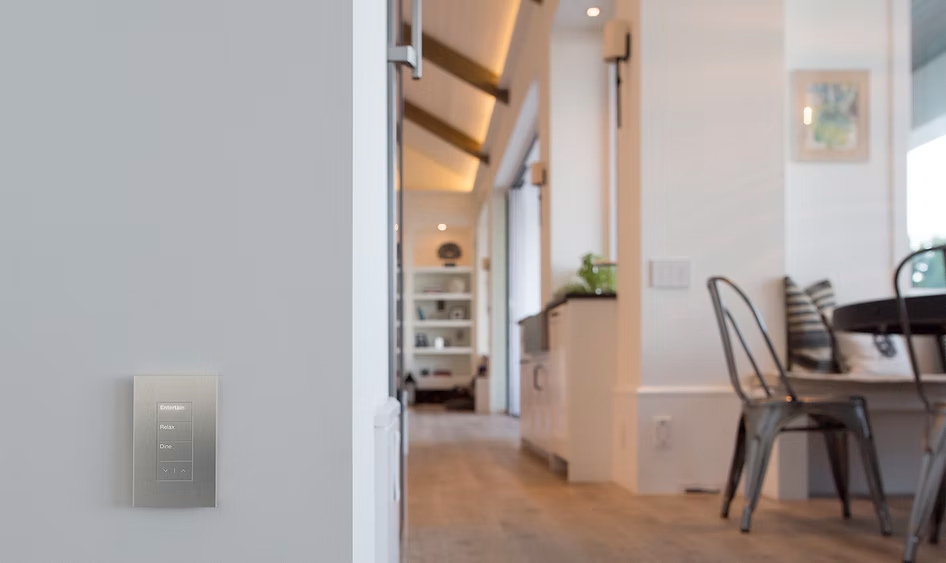
Lutron
Lutron Lighting & Shades Control – Homeworks by Lutron is the world's leading automation system for lighting, thermostat and motorized shades. Lutron invented the dimmer switch and has ever since maintained the top spot in lighting control. Today, you can set the scene and create a mood at the touch of a button (or your smartphone) by incorporating Lutron's system into your home. ATTYWON can install Homeworks over existing wiring and we can integrate it with home automation systems such as ELAN, Savant, RTI, URC, Control4, OnControls and most other control systems. Check out our complete pages on Lutron Lighting and Lutron Shades as well.
ATTYWON has strategic partnerships with leading manufacturers in the audio industry. With names like:
- Marantz
- Sonos
- Sony
- Denon
- KEF
- K-Array
- Stealth Acoustics
- Origin
We offer you a world of options to fit your style and budget. We pay close attention to details and we always look for ways to save your money while maximizing quality and results. Give us a call and see what we're all about.
GET A QUOTE

